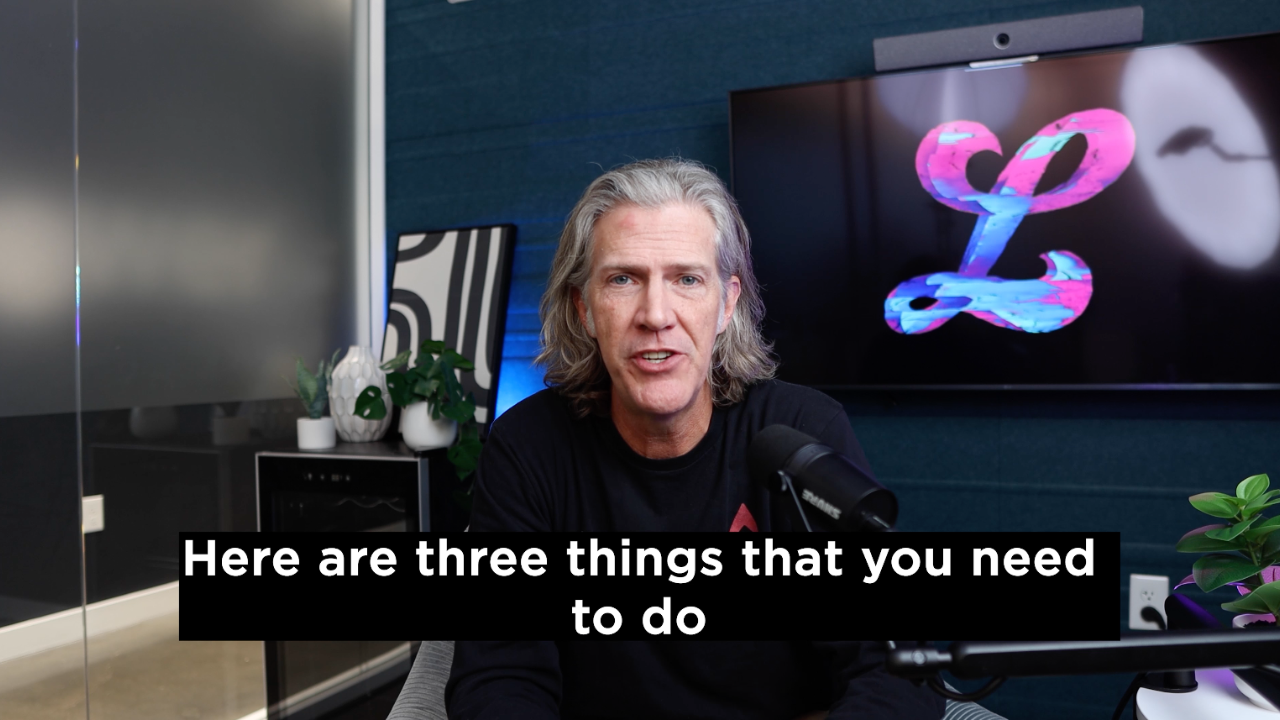What is debt-to-income ratio?
Your debt-to-income ratio (DTI) compares your gross monthly income (the amount you make before taxes and deductions are withheld) with how much you pay each month towards any debts you owe.
DTI looks at student loans, credit cards, auto loans, personal loans, and your potential mortgage payment giving expenses such as food, clothing, health or car insurance, and utilities are not included.
Basically, lenders are trying to determine whether your monthly income and your other debts will allow you to afford your mortgage payment each month. The lower your DTI, the less risk you pose to defaulting on your mortgage.
How do you calculate debt-to-income ratio?
To calculate your DTI, add up your total monthly payments for bills like:
- Mortgage payments (or your potential payment)
- Credit card payments
- Student loans
- Auto loans
- Personal loans
- Medical bills
- Timeshare payments
- Child support/alimony
Once you’ve totaled your monthly debt payments, divide by your monthly gross income. That will give you a decimal number. Multiply that by 100 to reach your percentage.
For example, if your monthly household income is $6,000, you pay $1,000 on credit cards and student loan debt, and you're looking at homes with a monthly mortgage payment of $2,300, your DTI would be 55 percent.
What is a “good” DTI
Most lenders set the magic number for the maximum DTI at 43 percent. Some lenders pose exceptions to that number. Fannie Mae requires a maximum DTI of 36 percent for buyers with a smaller down payment and a lower credit score on conventional loans.
On the other end, FHA loans are designed to help first-time and low-income homebuyers. The Federal Housing Administration in some cases allows a DTI of up to 50 percent and requires a down payment of only 3.5 percent.
Here’s a breakdown of how lenders may view your DTI:
DTI less than 36%
Lenders view a DTI under 36% as good, meaning they’re confident you can manage your current debt payments and take on a mortgage.
DTI between 36 – 43%
In this range, you won’t necessarily get turned down for a home loan, but lenders will proceed with caution. They may be nervous that adding another loan payment to your plate might be challenging, especially if an emergency pops up.
DTI between 43–50%
When your DTI gets to this level, you’re at the point of being almost too risky for lenders, and it may be difficult to get a home loan.
DTI over 50%
This is the danger zone where lenders probably won’t lend you money. With a DTI ratio over 50%, that means over half of your monthly income is going towards debt payments. Add in normal living expenses, like groceries and insurance, and there’s not much leftover for saving or covering an emergency — and a new home loan could put you over the edge. At this point, you wouldn’t be able to borrow a conventional loan without working to lower your DTI. However, a government loan, like a FHA, would still be an option.
Types of debt-to-income ratios
Front-end ratio:
Front-end DTI measures only your housing expenses (or potential housing expenses) only in relation to your income. Also known as the housing ratio, this calculation takes into consideration your monthly mortgage payment, private mortgage insurance, and other costs associated with your home loan, divided by your gross monthly income.
Back-end ratio:
Back-end DTI is the more comprehensive calculation. This version of DTI not only looks at your housing expenses but all debt, such as credit cards and loans, divided by your gross monthly income.
How to improve your debt-to-income ratio
Of course, the best way to improve your debt-to-income ratio is to pay off as much debt as possible — particularly high-interest debt, like credit cards — and to keep the balance of your credit cards low.
If you have high credit card debts, you might consider seeking a consolidation, rather than maintaining the minimum monthly payments, where you could lower your interest rates and your monthly payments.
Some debts probably aren’t going to be possible to pay off quickly, like student loans or auto loans. But, if you have installment loans that can be paid down to less than 10 remaining payments, some lenders will choose not to count those loans in your DTI. Remember, the lender is trying to determine your ability to pay for your home over the long haul, so short-term payments are less of a liability.
The other part of the equation is your income. Your employer may or may not be willing to give you a raise. However, if you can increase your monthly income through other means — by getting a part-time job, or joining the gig economy — you’ll be able to lower your DTI and increase the amount of home you can afford.
Other ways to work around a high debt-to-income ratio
If you've done all you can with your debt and income and still feel like you're not there, you can take additional steps to get an approved mortgage.
Reassess your home expectations
It could be that you're simply shopping for more home than you can afford right now. If this is your starter home, consider looking at a different price point or a different neighborhood.
First-time home buyers often don't find their dream home on their first try. You always can scale up in three to five years, after you've had more time to advance in your career, get your monthly debts under control, and gain some equity in your home.
Consider how to lower or eliminate other debt payments
Is the auto loan the payment that might put you over the top? You could sell the vehicle and pay off that loan, then get a cheaper automobile that can meet your needs until you have the home and can start saving again.
Calculate other methods of reducing your monthly debt payments by consolidating student loan and/or credit card debt, canceling monthly subscriptions, and following a stricter budget to pay off other debt. Use this time wisely to take a couple of other big steps toward your home purchase.
Try the debt snowball method
The debt snowball method is a debt-reduction strategy where you pay off debt in the order of smallest to largest, gaining momentum as you knock out each remaining balance. When the smallest debt is paid in full, you roll the minimum payment you were making on that debt into the next-smallest debt payment.
Here’s a breakdown of the debt snowball method:
Step 1: List your debts from the smallest to largest, regardless of interest rate.
Step 2: Make minimum payments on all your debts except the smallest.
Step 3: Pay as much as possible on your smallest debt until it’s paid off.
Step 4: Repeat this process until each debt is paid in full.
Find the right mortgage lender
When you’re shopping for a mortgage lender, be sure you select the one with the best mortgage loan rates, lots of loan options to fit your financial situation, expert advisors, and the best customer reviews.
If you think you’ll still have a high DTI when it’s time to buy a home, consider different mortgage options. A shorter-term adjustable-rate mortgage will give you a lower monthly payment than a 30-year fixed-rate mortgage.

















.svg)
.svg)

.svg)







%2520is%2520and%2520How%2520to%2520Calculate%2520It.jpeg)





